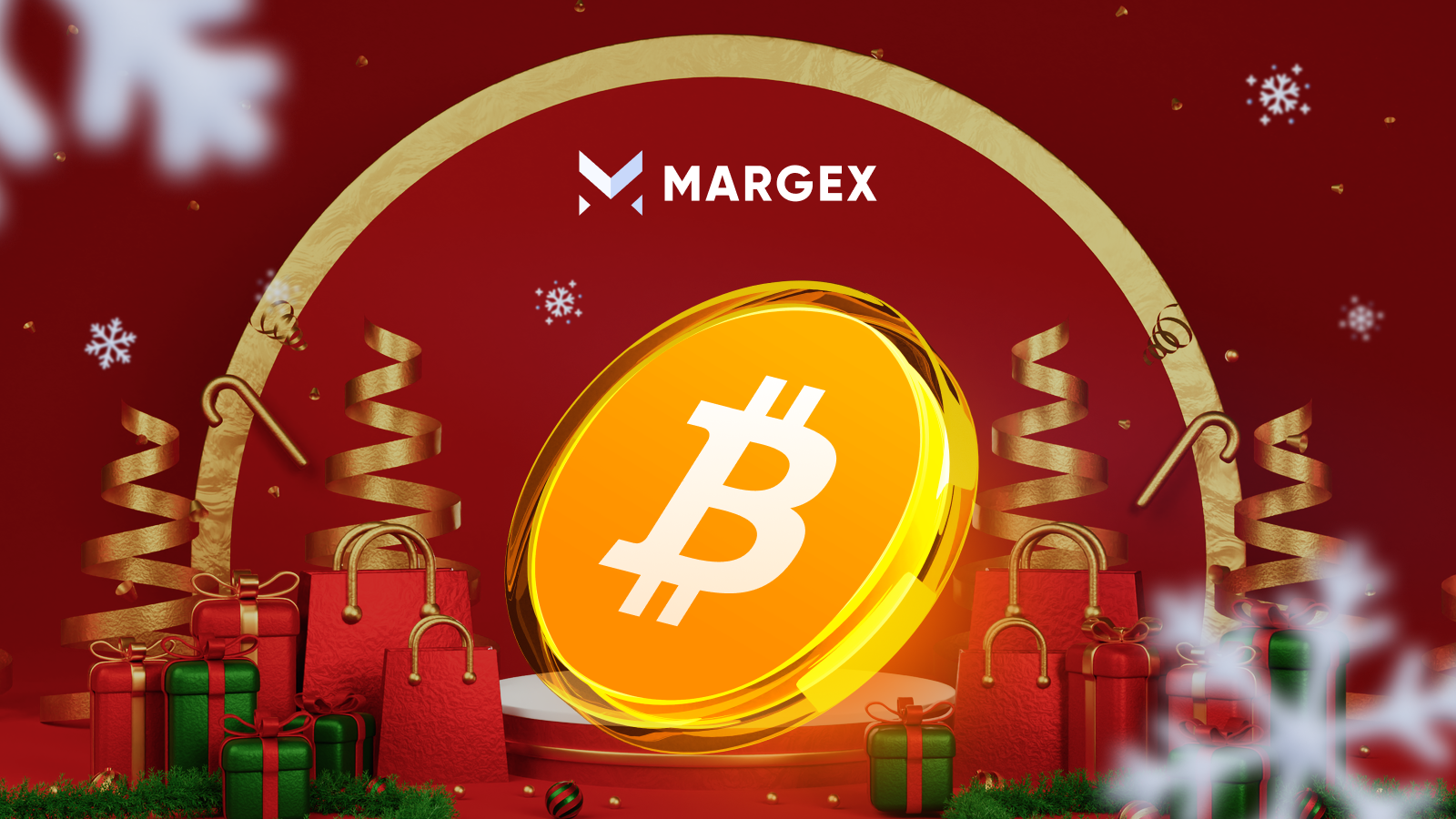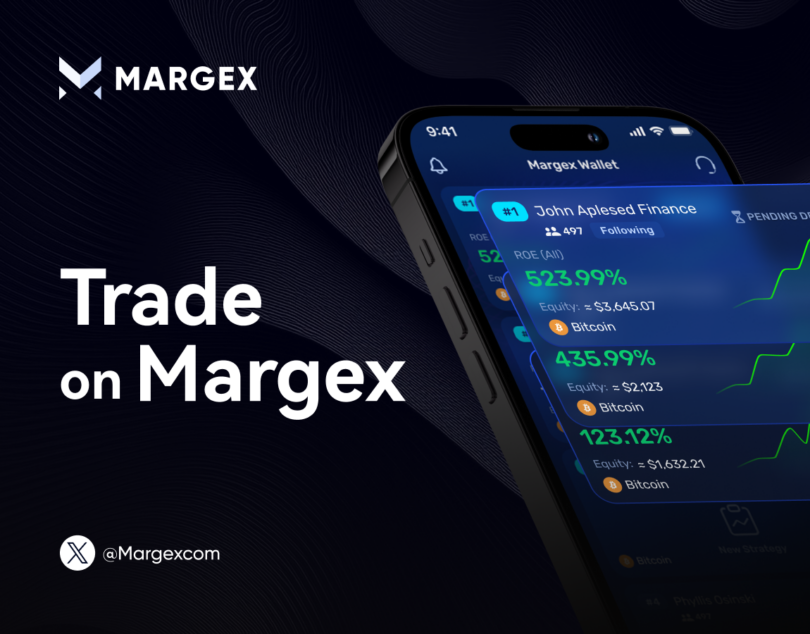
In December, things pop into gear with snowflakes, favorite holiday tunes, and the anticipation of the season. The question often arises for crypto traders: Will the cryptocurrency market see a “Santa Claus rally” in the same fashion as in traditional stock markets?
The same stock market trend, the Santa Claus rally, refers to heightened optimism around the holidays (often in late December). However, can the festive boost for digital currency also apply to the marketplace as well? We will look at the Santa Claus rally history, the triggering factors behind this, and whether Santa will be ringing in the crypto market this year.
We’ll discuss how U.S. elections could influence market performance and how to play the possible waves of volatility in December.
Understanding the Santa Claus Rally
Occasionally referred to as the ‘Santa effect,’ the Santa Claus rally is a tendency in the stock market where prices trend up during the last days of December and the first few days of January.
However, the cause of the sharp drop in market analysts was widely debated, but no definite explanation was found. It needs to be clarified whether this is driven by holiday optimism, tax planning, or institutional investors bringing their books to a close for the year.
Over the past few years, this seasonal trend has spread beyond stock exchanges, and the cryptocurrency market will sometimes punch above its weight come year-end rallies. The Santa Claus rally has become an important symbol of hope and market optimism for crypto traders, who use this rally as ammo to gauge possible wins and reboot their tactics for any latent year-end bullish momentum.
The History of Santa Claus Rally
For as long as stock markets have existed, the term Santa Claus rally was coined in 1972 by Yale Hirsch, founder of the Stock Trader’s Almanac. He identified it as the last five days of the year and the first two days of the succeeding year. Hirsch’s work suggested that historically, that seven-day period often resulted in an unusually high number of upward price movements.
The Stock Trader’s Almanac then studied data from 1950 to 2022 to support his observation. During this period, the findings indicated a tendency for positive returns in the Santa Claus era among the S&P 500 index; the index experienced a Santa Claus rally 80% of the time.
Historical data helps you gain insight, but once again, past performance doesn’t always indicate future results. However, the stock market has witnessed the statistical significance of the Santa Claus rally.
Can the Crypto Market Experience a Santa Claus Rally?
Because the cryptocurrency market is still relatively young compared to traditional markets, the Santa Claus rally may not have formed its pattern yet. Yet, with cryptocurrencies becoming increasingly crucial to an increasingly institutional audience, they have the potential to see a similar seasonal pattern.
The more significant the positive correlation between the stock market and the crypto market, the more plausible it is for a Santa Claus rally to start taking place in the crypto space as well. In the case of crypto perpetually increasing institutional investments, those holding for traditionally oriented markets could be especially true.
As we near year-end, it’s worth staying a bit more thick-skinned in the crypto trading/investing game over the next weeks and looking out for potential rallies to take advantage of some of these seasonal trends.
Is a Santa Claus Rally likely to be in the crypto market?
The term ‘Santa Claus rally’ has become a term traded by cryptocurrency professionals, too. It refers to a year-end surge in stock market prices, in which the stock market typically rallies by around 5 to 10 percent during the last two weeks of the year. The idea at first referred to traditional financial markets, but now many crypto traders wonder if this phenomenon could occur in the volatile world of digital assets.
The crypto market structure is always unpredictable and different from the traditional financial markets. Many things affect its price swings: global economic events, shifts in social sentiment, and regulatory changes. Therefore, predicting whether the Santa Claus rally would occur in crypto is difficult. However, reviewing past Decembers in the crypto market can tell you whether or not this pattern has been present in any other past.
Election Seasonality and Its Impact on Crypto Markets

This is one significant trend in the crypto market observed in December; it is a factor that has correlated the run-up of the crypto market with the elections in the U.S. Election seasonality is a concept, a belief that U.S. presidential election cycles can affect the impact of the crypto market in the weeks leading up to such holidays.
Traders also move their portfolios when anticipating the new policies of an incoming administration in election years. If the new government introduces itself as a crypto-friendly government, market confidence could rise and increase the price. An association between U.S. elections and crypto market behavior shows that crypto and traditional finance have a bond with each other.
For instance, Bitcoin experienced almost a 37% increase in price from the first week of November until before the end of December in 2016, a rise partially driven by the global effects of Brexit and some economic uncertainty. Like the 2020 election, Bitcoin’s price rose almost doubled from November to December, and just like that, the 2020 election was thrown into the COVID-19 pandemic. It was driven by people believing that more stimulus was coming and more institutions wanting to play in crypto assets.
However, if the party that wins future elections pushes policies that should be a tailwind to cryptocurrency, traders may be more willing to bet on long-term growth and make crypto prices rally to Santa Claus price action.
Traders can anticipate year-end rallies to the extent that they understand how election years have historically affected the crypto market. During these times, the powerful effects of traditional financial sentiment on digital asset prices may be powerful.
Understanding the Impact of Seasonal Trends and the Santa Claus Rally
Now that you’ve examined the weirdness of election seasonality, you might wonder how cryptocurrencies fared in December of years without U.S. elections.
Ultimately, like most things related to Bitcoin’s December performance, he can’t say for sure what’s ahead for the digital currency this month. Some crypto traders believe there could be a Christmas crypto rally, but this inconsistency calls the idea of a stable year-end trend into question.
In December 2017, Bitcoin caught an outrageous price increase primarily fueled by gamers due to sensational press and widespread media coverage.
Bitcoin prices nearly doubled to almost $20,000 in an intense year-end rally, now becoming the most notable rally in Bitcoin’s history. Based on this spike, I caution that if the crypto market is bullish, it can exhibit a Santa Claus rally, albeit at a time of relatively high public interest and a surge in trader activity.
It is true, however, that the story in December 2018 was a little different. The peak rally of the past year gave way to a dramatic drop in bitcoin’s price, with the cryptocurrency falling below $4,000.
This was a reminder of just how vulnerable the crypto market can get to post-bull corrections, as well as external factors like regulatory pressures, shifts in global economic sentiment, and the withdrawal of institutional traders from playing portfolio balance points going into year’s end.
Key Drivers Behind a Potential Crypto Christmas Rally
While there’s no doubt that December doesn’t always hold a bullish trend for Bitcoin and the broader crypto market, there are indicators that could be responsible for triggering a Santa Claus crypto rally.
Year-End Market Sentiment
As the market tends to follow traders’ sentiment, the holiday season brings in a generally happy month of holidays and a positive outlook for December. The optimism that drives so much of this spending has been buoyed by holiday bonuses (and that small matter of a new year looming) and a happy willingness to blow their budgets through flush times.
This sentiment is often exaggerated for cryptocurrencies on social media, where trends, news, and highly vocal voices create buying activity.
A bullish sentiment occurs when new traders enter the market, fearing they’ll miss out on year-end gains (fear of missing out, or FOMO).
While such sentiment can turn as quickly as it arrives, the pace it sets during December can be enough to propel prices higher, creating a self-reinforcing cycle of optimism that encourages more purchases and advances prices.
Factors Influencing Crypto Market Trends in December
This year has seen institutional players’ involvement in the cryptocurrency market grow massively as major financial institutions began to join the space. The arrival of spot Bitcoin (BTC) and spot Ethereum (ETH) exchange-traded funds (ETFs) has fanned this trend.
Given that December draws near, certain institutions may review their portfolios, which can lead to an increase, or in some cases a rise, of crypto assets. Such is often the result of diversification strategies and growing customer demand for digital asset exposure.
Institutional purchases are likely to offer the crypto market strong support. This could increase activity in the market if, for some reason, fund managers or trading firms decide to increase the space digital currencies occupy in their portfolios, anticipating future regulatory changes or the growth of the sector.
Additionally, the infrastructure supporting cryptocurrencies continually evolves with increased secure custody application services and compliance controls for institutions that are now comfortable entering or expanding into the crypto space. Increasing confidence might stabilize the market and drive a seasonal rally as institutions adjust their portfolios for the beginning of the new year.
Economic Data and Geopolitical Conditions
Factors such as macroeconomic data and geopolitical happenings are important for the crypto market to move in the right direction. Inflation rates, unemployment data, and central bank policies all impact traditional and digital asset markets.
For instance, if there’s a lot of inflation, people tend to flock to Bitcoin in hopes that it has some sort of hedge for inflation, different from the fiat currencies. They can also increase the demand for higher-risk assets like cryptocurrencies by taking central bank action, such as lowering interest rates or quantitative easing.
From a financial standpoint, geopolitical events, including trade agreements or shifts in the regulatory landscape, introduce some uncertainty into financial markets, attracting traders who consider crypto a viable alternative asset.
With December approaching and financial institutions assessing the economic outlook for the year ahead, the macroeconomic and geopolitical factors above will remain active in the crypto market and will significantly move prices.
Trading Strategies for Capitalizing on a Potential Crypto Santa Rally
A year-end Santa rally is a thing in crypto but isn’t something you can anticipate in advance; however, if you’re expecting one, you can use these trading strategies to get ready and win. Here are some tactics to use in case of a crypto rally during the holiday season.
Long Positions in Spot or Futures Markets
If long positions on major cryptocurrencies are one of the most straightforward strategies to pursue when expecting a Santa rally, this should be taken seriously. The other approach involves buying and holding assets hoping that their price will rise, either through spot trading or futures trading.
In spot trading, traders directly buy the asset at its current market price, and in the future, they agree to buy the asset at a later date for a given price. This strategy is good when market indicators point up, and traders believe the market will continue to rise as a rally develops.
Dollar Cost Averaging (DCA)
Dollar Cost Averaging (DCA) is one of the easiest and most practical ways for traders to gain exposure to potential market growth while keeping risk in check. The basic idea of DCA is that it allows you to buy a set amount of cryptocurrency at regular intervals, no matter what the going price looks like when you make a purchase.
Thus, it eliminates the volatility-related impact and minimizes the need to be in tune with the market. Mixing signals and sudden corrections is terrible, but trading proceeds out over time, allowing you to capture a rally without being forced to buy at the top, especially if the market shows some warning signs. With that gradual approach, traders can protect themselves against possible downturns without being pulled out of the market before difficulties hit.
Trading Crypto Options
Crypto options are a more precise means for those already traded options to capitalize on expected upward price movements. Traders can buy the right but are not obligated to buy an asset at an agreed-upon price within a given time frame.
Those traders seeking to take advantage of price increases without buying the underlying might want to use this strategy. The advantage of call options is that, by buying them, traders can profit from rising prices with a relatively small upfront premium, so losing the most is just the price of the option itself. If you do not own calls, your losses are unlimited, while losses with call options are limited to the strike price plus the cost of the call.
Multi-leg options trading strategies are available for those wanting a more nuanced risk/reward profile. These advanced techniques include writing contracts and utilizing option spreads to manage risk more specifically. In addition, crypto options offer traders a way to hedge their bets against market downturns or crashes when risk looks elevated in the crypto space.
Final Thoughts
The presence of a Santa Claus rally in the crypto market comes with opportunities and risks. Historically, the market may be on the path to a year-end rally, but the crypto market dynamics are so unique that they often make for an exception to the rule.
But for people who want to maximize potential growth, you want to stay on top of the trading indicators. It will help identify emerging trends for trading decisions. Furthermore, traders should look for strategies with defined risk-to-reward profiles to cope with any volatility at the end of the year.




